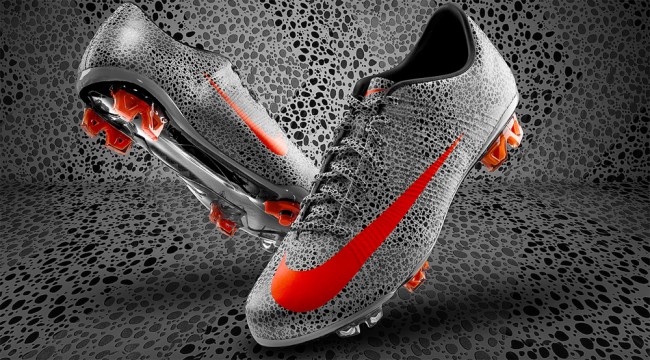From Pitch to Pavement: Nike’s Hybrid Silhouettes

Taking inspiration from styles on the pitch, Nike have recently taken the silhouettes from the lauded Hypervenom, Magista and Mercurial Superfly and readied them for the pavement, implementing a variation of free soles.
One of the first in this recent wave was the Mercurial Superfly – A lightweight boot usually adopted by pacy forwards such as Cristiano Ronaldo, Alexis Sanchez and Eden Hazard, the Mercurial Superfly is built for short, sharp bursts of speed.
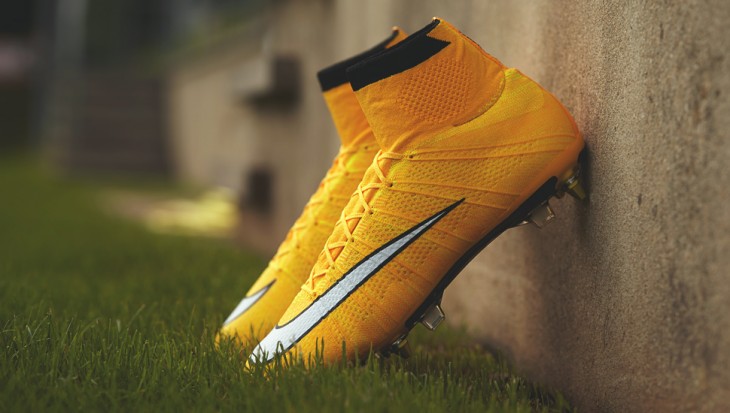
For the transition, Nike used a free 5.0 sole, resulting in extra comfort and additional support throughout the day. Other touches such as the implementation of suede and several tabs make the transplant complete.
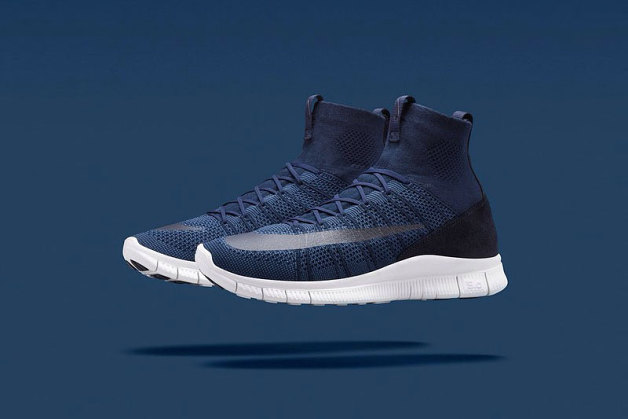
Another boot was Nike’s Hypervenom, a silhouette worn by both Wayne Rooney and Neymar. Favouring power and pace, the Hypervenom is more robust than the Superfly.
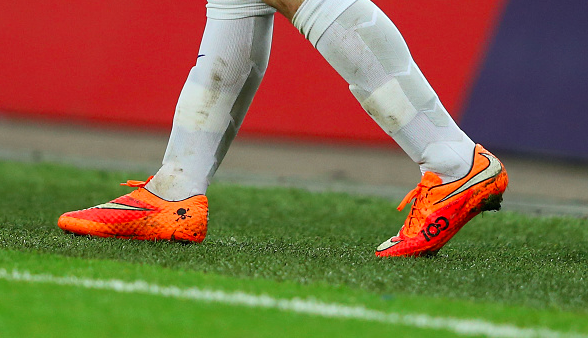
The additional weight gives more to the structure of the upper, which gave birth to the honeycomb style material used on the boot.
For the transition to the trainer, the honeycomb was transferred onto the mesh whilst the sole used was a slimmer, 3.0 free sole.
You can see a selection of Hypervenom Free’s we have here.
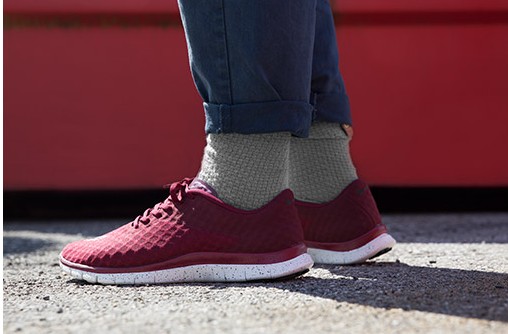
Some may say Nike’s Magista was inspired in parallel with footwear off the pitch; flyknit and flywire both seem to make appearances throughout the initial designs.
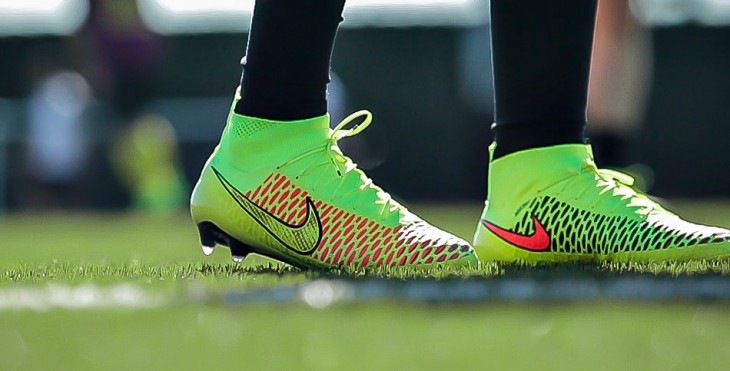
The boot itself is more of an all-rounder; catering for any eventuality whilst giving extra precision and comfort. The Magista is worn by players such as Andreas Iniesta and Jack Wilshire.
Nike took this in a different direction off the pitch however, opting to use the Footscape Free sole.
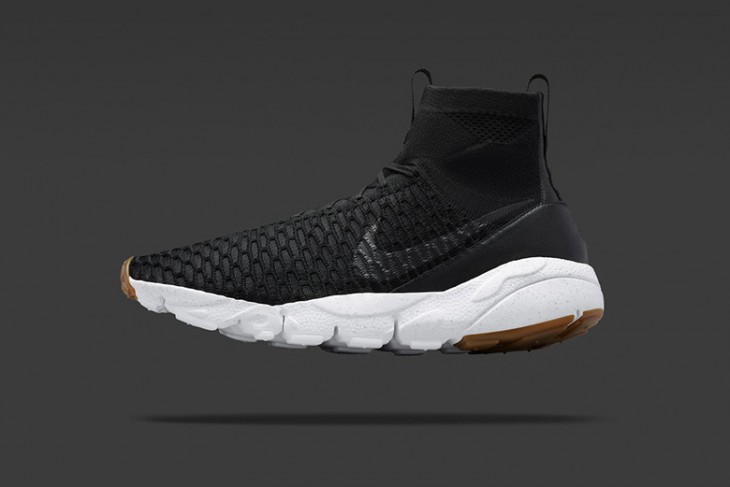
It’s not always purely the silhouette however; Nike have borrowed the colour palette from football boots over the years too.
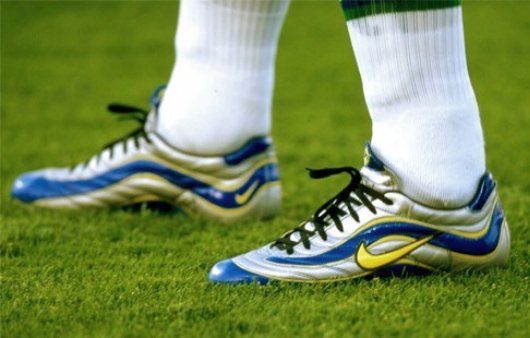
In 2008, the iconic colours from Ronaldo’s R9 Mercurial was applied to the Dunk, resulting in the ultimate combination.
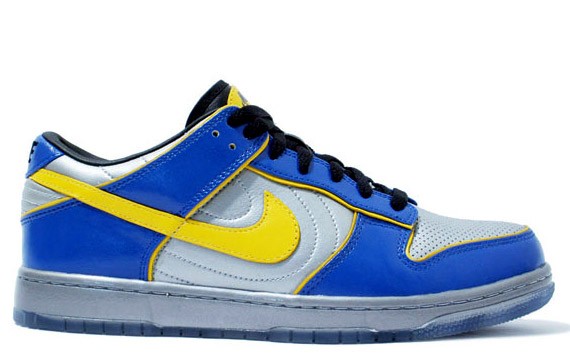
The process reversed a few years later when this time, Cristiano Ronaldo had Nike’s famous safari print applied to his CR Mercurial Superfly II.
